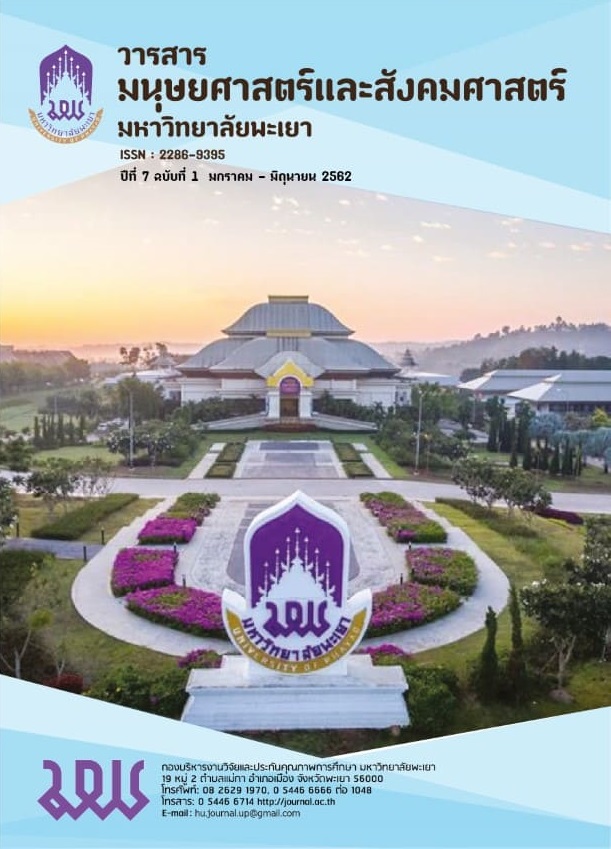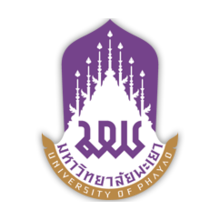Alternative pedagogic approaches for the requirement of cultural skills and knowledge with a foreign language
Keywords:
Cultural competence, Humanized education, Didactics of foreign Languages, Pedagogy, RolesAbstract
This article proposes a reflection on the didactics of foreign languages. Culture is involved an essential component of the language reports the emergence of the culture in today’s education. Our years of experiences of teaching French as a foreign language in Thailand and in diverse country has given us the possibility of interviewing more about a particular topic which seemed to us be the keystone of a humanized education. The notion of interculturality and other form of intercultural comparisons related to our teaching, to their complexity regarding the transmission of the cultural knowledges, researchers wanted to look through this reflection on the relevant and practical educational ways as for the implementation of a salient points of views into learners.
References
Abstado. (1982). « Culture et médias », Le français dans le monde, n°173.
Baddeley, A. D., et HITCH, G.. (1974). Working memory. in Recent advances in learning and motivation, vol 8. New York, Academic Press.
Beaud Paul. (1984). La société de connivence, Paris, Edition Aubier.
Boyer, H. (2003). De l’autre coté du discours, Paris, Harmattan.
Buzan Tony. (1993), The mind map book , 1977, Speed memory, 1974, Use you head
Cadre Européen de Référence pour les Langues. (2001). www.coe.int/T/DG4/Linguistic/Source/Framework_FR.pdf
Cohen G. Elisabeth. (1994). Le Travail de groupe, Montréal, édition de La Chenelière, Cowan Nelson, “Activation, attention, and short-term memory”, in Memory and Cognition, n°21. (1993). www.psychonomic.org/search/view.cgi?id=4771
Cowan, N.. (1993). Activation, attention, and short-term memory. Memory and Cognition, n°21.
Freinet, C.. (1992). Oeuvres pédagogiques. Tome 1 et 2, Paris, Seuil, NOUVELLES.
Galisson, R.. (1987). accéder à la culture partagée par l’entremise des mots à CCP. Extrait de Etudes de linguistique appliquée.
Gohard-Radenkovic, A.. (2004). Communiquer en langue étrangère, de compétences culturelles vers des compétences linguistiques, Berne, Peter Lang SA, Editions scientifiques europeennes.
Gravel, H. et VIENNAU, R., (2002). Au carrefour de l’actualisation de soi et de l’humanisation de la société : plaidoyer pour une pédagogie de la participation et l’autonomie ». revue ALCEF, vol.XXX, n°2.
Hall, E.T. (1971). La dimension cachée, Paris, Points Seuil.
Hall, E.T. (1979). Au-delà de la culture, Paris, Points Seuil.
Hall, E.T. (1984). Le langage silencieux, Paris, Ed. du Seuil.
Johnson, D. et JOHNSON, R. (1983). Learning Together and Alone, New Jersey: Prentice Hall.
Kagan , S.. (1994). Cooperative learning structures for classbuilding, Californie, édition Kagan Cooperative learning.
La pédagogie actualisante, revue de l'ACELF, numéro XXX-2,www.acelf.ca/c/revue/, avec l’article de Rodrigue Landry.
Martin, J.-P.. (1989). Quand les élèves font la classe. in Le Français dans le monde, n° 224, 51-55.
Maslow, A.. (2013). Devenir le meilleur de soi-même ; Besoins fondamentaux, motivation et personnalité, Paris, Eyrolles.
MOSCOVICI, S.. (1961). La psychanalyse. son image et son public, deuxième édition, Paris, PUF.
PERREFORT, M.. (1997). Et si on hâchait un peu de paille. -aspects historiques des représentations langagières, TRANEL, n°27, oct.(coord.par Matthey, M.), Institut de linguistique, Université de Neuchâtel.
Pour les éléments concernant l’Histoire européenne: European Navigator : www.ena.lu
Pour les recherches concernant les directives éducatives du Ministère de l’Education Nationale: http://eduscol.education.fr/D0129/accueil.htm
Ramos, F.-P. (2001). “Pour un enseignement contre le préjugé ethnoculturel: l’analyse du discours journalistique sur l’immigration dans la classe de langue étrangère”, in Langues, xénophobie, xénophilie, dans une Europe
multiculturelle, G.ZARATE (dir.), coll. Documents, actes et rapports pour l’éducation, CNDP réseau, 181-192.
Richterich, R. (1985). Besoins langagiers et objectifs d’apprentissage, Paris, F-Hachette; (première partie, Chap. 1.6. : « Les besoins langagiers »)
Sapir, E.. (1967). Anthropologie, Paris Editions de Minuit, tome 2,137.
VAN DIJK, T.A.. (1998). “Critical discourse analysis”, http://www.hum.uva.nl/teun/racpress.htm
Zarate, G.. (1993). Représentations de l’étranger et didactique des langues, Paris, Didier, coll. CREDIF essais.
Downloads
Published
How to Cite
Issue
Section
License
ผู้นิพนธ์ต้องรับผิดชอบข้อความในบทนิพนธ์ของตน มหาวิทยาลัยพะเยาไม่จำเป็นต้องเห็นด้วยกับบทความที่ตีพิมพ์เสมอไป ผู้สนใจสามารถคัดลอก และนำไปใช้ได้ แต่จะต้องขออนุมัติเจ้าของ และได้รับการอนุมัติเป็นลายลักษณ์อักษรก่อน พร้อมกับมีการอ้างอิงและกล่าวคำขอบคุณให้ถูกต้องด้วย
The authors are themselves responsible for their contents. Signed articles may not always reflect the opinion of University of Phayao. The articles can be reproduced and reprinted, provided that permission is given by the authors and acknowledgement must be given.








